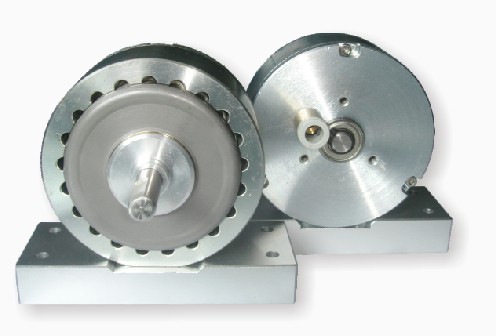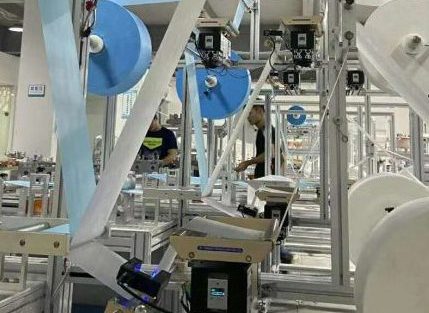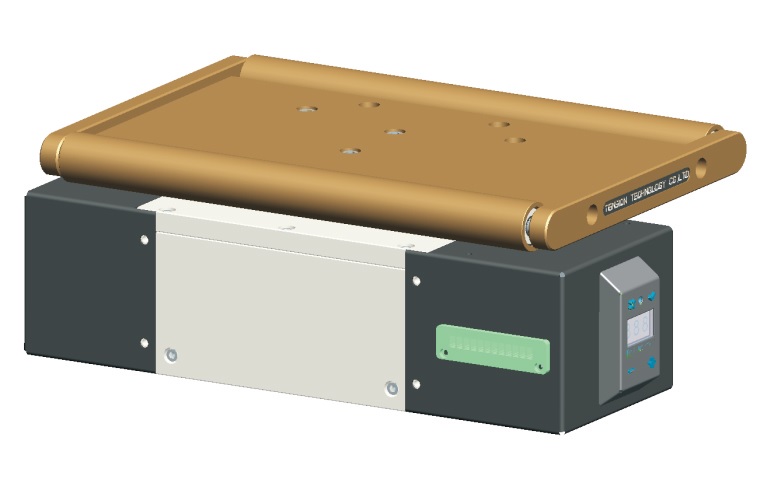In an era where every household relies on appliances to simplify daily life, the unseen heroes—motors—are the beating heart of your devices. From refrigerators humming quietly in kitchens to washing machines spinning tirelessly in laundry rooms, motors keep our lives moving. But what happens when these motors fail? Downtime, costly repairs, and frustrated customers. Enter **automated motor testing**—a game-changer for manufacturers, technicians, and homeowners alike. Let’s dive into why this innovation isn’t just a luxury but a necessity in today’s fast-paced world.
### The Hidden Costs of Manual Motor Testing 🛠️
Traditional motor testing methods are time-consuming, prone to human error, and often require specialized expertise. Imagine a technician manually checking each wire, connection, and component with a multimeter. Hours turn into days, and even then, subtle issues like intermittent faults or early wear-and-tear might slip through the cracks. For manufacturers, this inefficiency cascades into delayed product launches, inflated labor costs, and compromised quality control.
But the stakes are higher for end-users. A faulty motor in a dishwasher could lead to leaks, while a malfunctioning blender motor might overheat dangerously. The old way of “wait-and-see” troubleshooting simply doesn’t cut it anymore.
### How Automated Motor Testing Works ⚡

Automated motor testing systems use advanced sensors, machine learning algorithms, and real-time data analytics to assess motor health with precision. Here’s a snapshot of the process:
1. **Pre-Test Calibration**: The system auto-adjusts to the motor’s specifications, whether it’s a compact vacuum cleaner motor or a heavy-duty air conditioner unit.
2. **Comprehensive Diagnostics**: Voltage, current, temperature, vibration, and noise levels are monitored simultaneously. Algorithms compare readings against baseline performance metrics.
3. **Instant Fault Detection**: Issues like bearing wear, insulation breakdown, or rotor imbalance are flagged immediately—often before symptoms manifest.
4. **Predictive Maintenance Insights**: The system forecasts potential failures, suggesting proactive repairs to extend the motor’s lifespan.
This isn’t just about finding problems—it’s about preventing them.

### Why Manufacturers Are Making the Switch 🏭
For appliance manufacturers, integrating automated testing into production lines is a no-brainer. Consider these benefits:
- **Faster Time-to-Market**: Reduce testing cycles by up to 70%, accelerating product launches.
- **Consistency**: Eliminate human variability—every motor is evaluated against the same rigorous standards.
- **Cost Savings**: Fewer recalls, lower warranty claims, and reduced waste from defective units.
- **Sustainability**: Optimized motor performance means energy-efficient appliances, aligning with global eco-friendly initiatives.
Take the case of CoolBreeze Inc., a mid-sized HVAC manufacturer. After adopting automated testing, they slashed post-production defects by 45% and saw a 30% drop in customer complaints within six months.
### Empowering Technicians and Homeowners 🛠️🏡
Automated testing isn’t just for factories. Portable diagnostic kits are now available for repair technicians and even tech-savvy homeowners. These handheld devices connect to motors via Bluetooth or USB, delivering instant reports through user-friendly apps.
- **For Technicians**: Diagnose issues in minutes, not hours. Upsell preventive maintenance packages using data-driven insights.
- **For Homeowners**: Avoid costly service calls by troubleshooting minor motor issues independently. Receive alerts when your appliance needs attention—like a “check engine” light for your washing machine.
Maria, a freelance appliance repairer in Madrid, shares: “Since I started using an automated tester, my jobs are 50% faster. Clients trust me more because I show them the data—not just my opinion.”
### The Future of Motor Testing: AI and IoT Integration 🌐
The next frontier? Combining automated testing with IoT connectivity and AI. Imagine smart appliances that self-diagnose and notify you via smartphone: “Your dryer motor has 85% lifespan remaining. Schedule maintenance by November.” Or factories where motors “talk” to assembly robots, adjusting parameters in real time for optimal performance.
Companies like Tesla and Siemens are already piloting AI-driven testing platforms that learn from millions of data points, continuously refining their diagnostic accuracy.
### Overcoming Adoption Barriers 💡
Despite its benefits, some hesitate to adopt automated testing. Common concerns include:
- **Initial Costs**: High-quality systems require investment, but ROI is swift. Leasing hysteresis brake and pay-per-use models are emerging.
- **Technical Complexity**: Modern systems prioritize intuitive interfaces. Training programs and 24/7 support ease the transition.
- **Resistance to Change**: Start small. Pilot the technology on a single production line or offer free diagnostic clinics to build trust.


As industry leader John Porter notes: “Automation isn’t about replacing people—it’s about empowering them to focus on creative solutions instead of repetitive tasks.”
### Conclusion: Embrace the Automation Wave 🌊
The message is clear: automated motor testing is reshaping how we build, maintain, and trust household appliances. Whether you’re a manufacturer aiming to lead the market or a homeowner seeking peace of mind, this technology bridges the gap between reliability and innovation.
Don’t wait for the next motor failure to act. Upgrade your testing strategy today—because every spin, whirl, and hum should be music to your ears, not a warning sign.
Ready to join the revolution? Explore our cutting-edge motor testing solutions and see the difference precision makes. 🎯🔧
